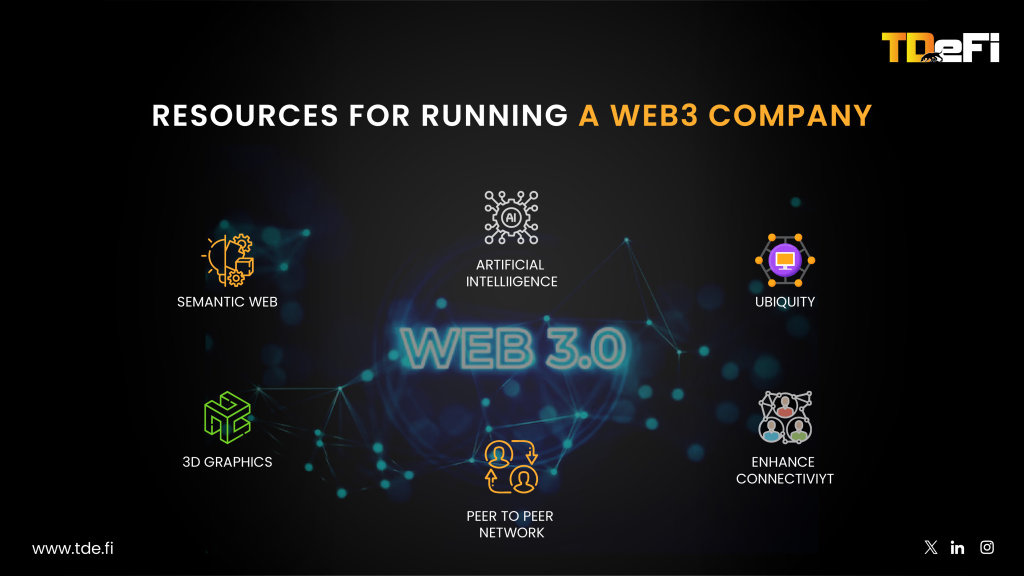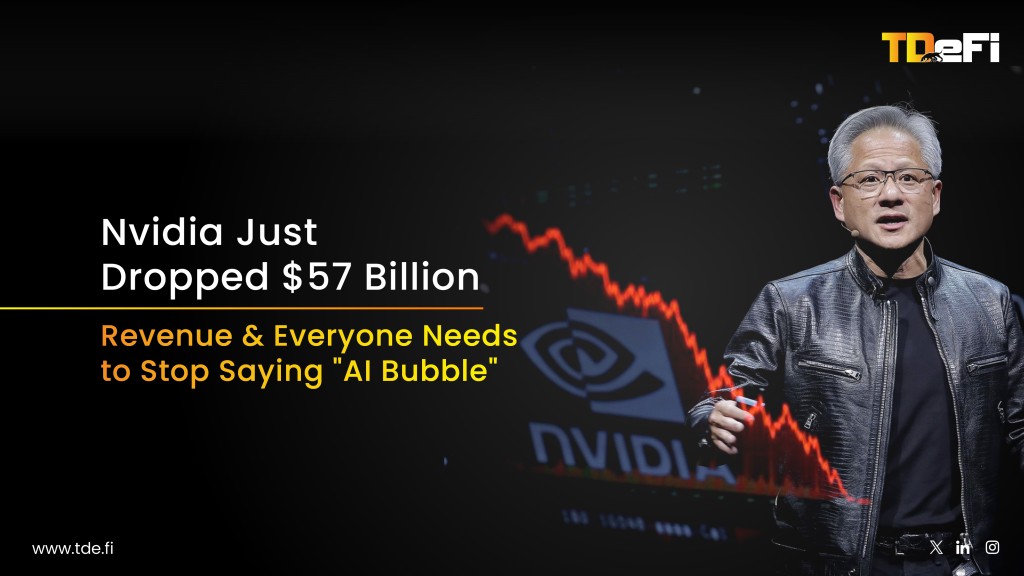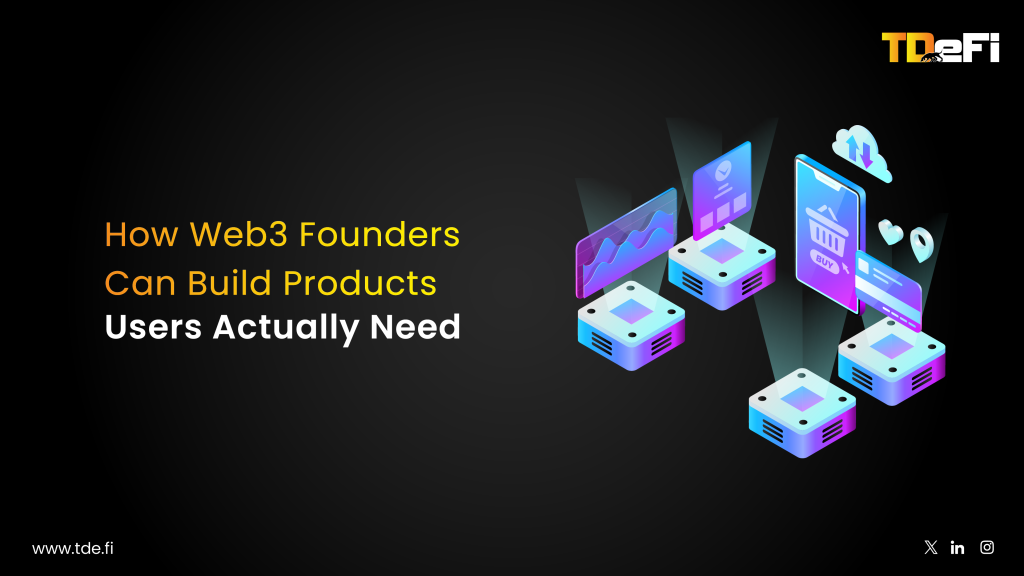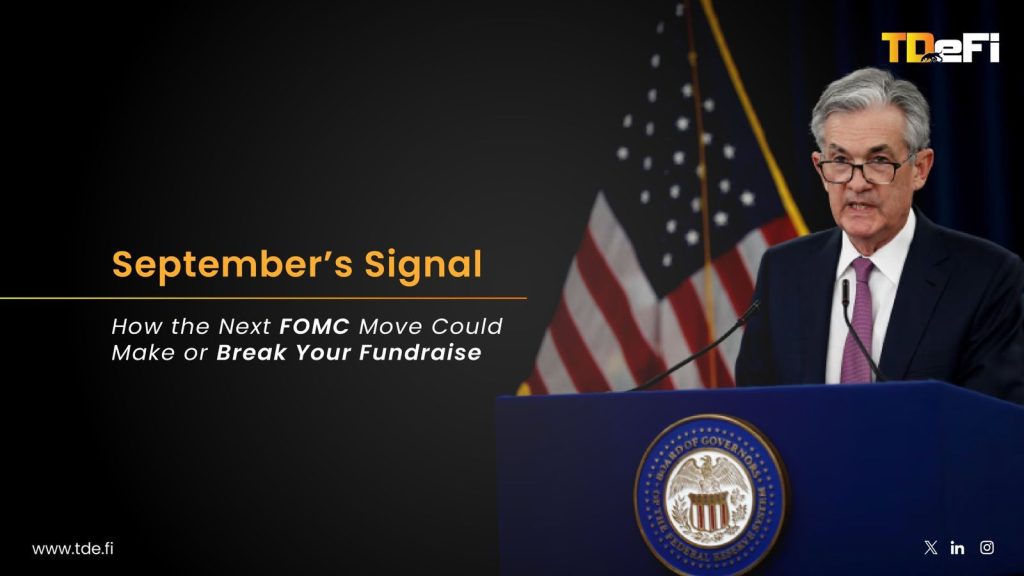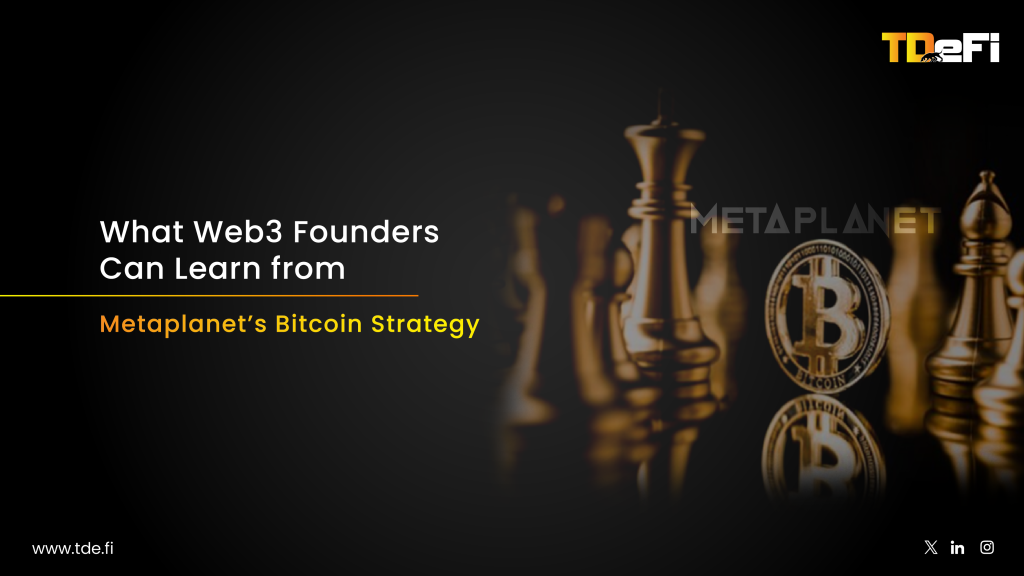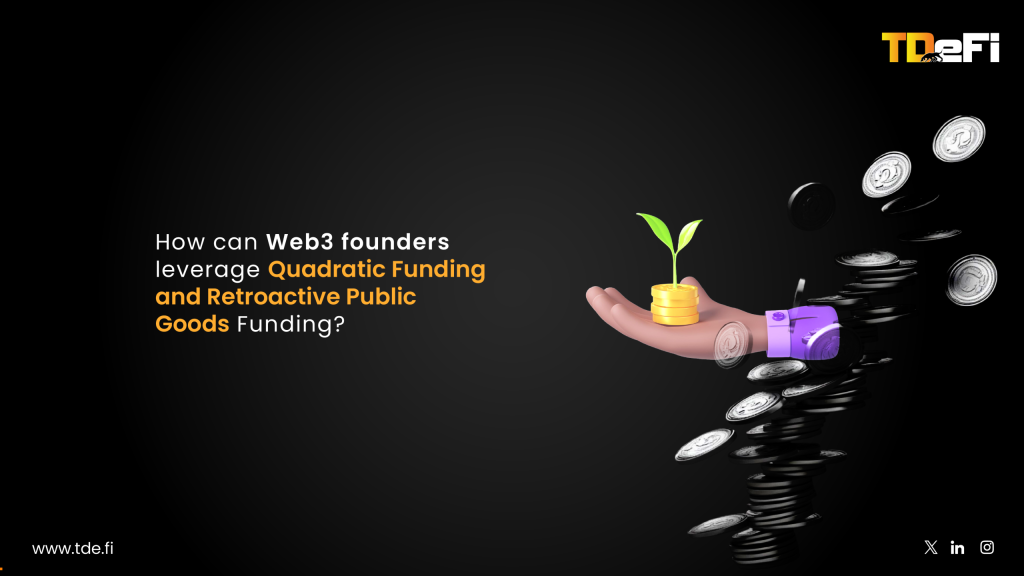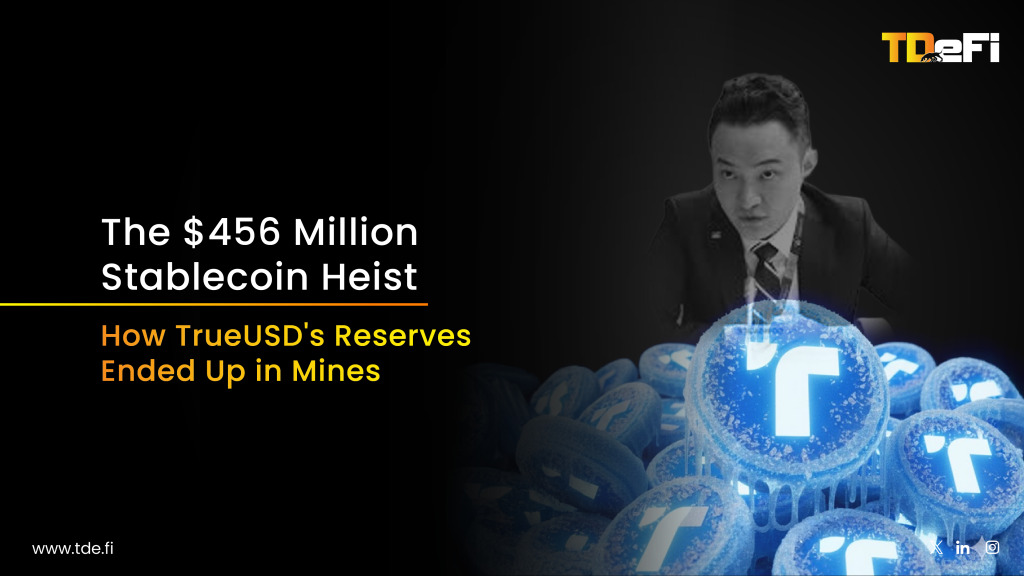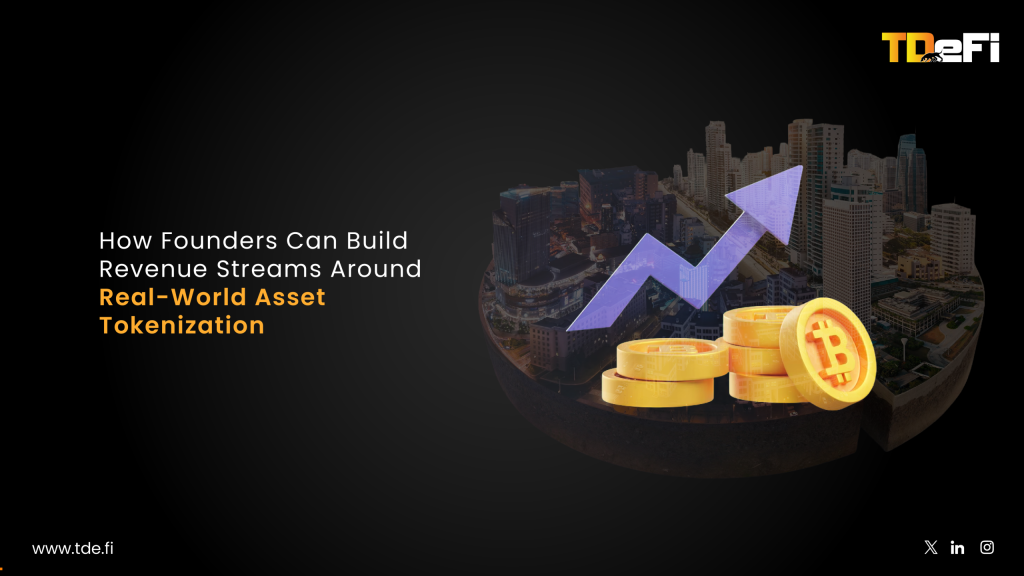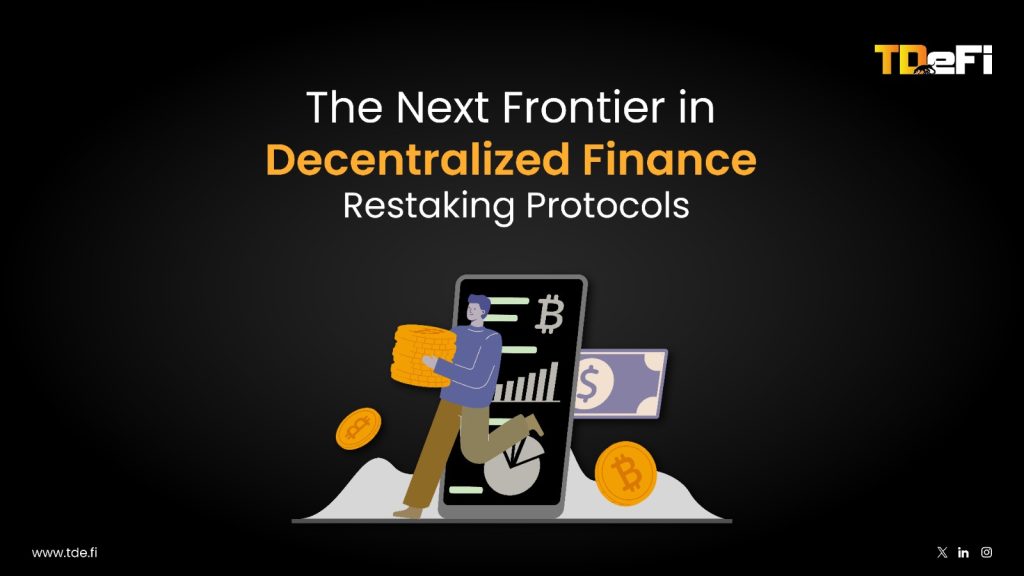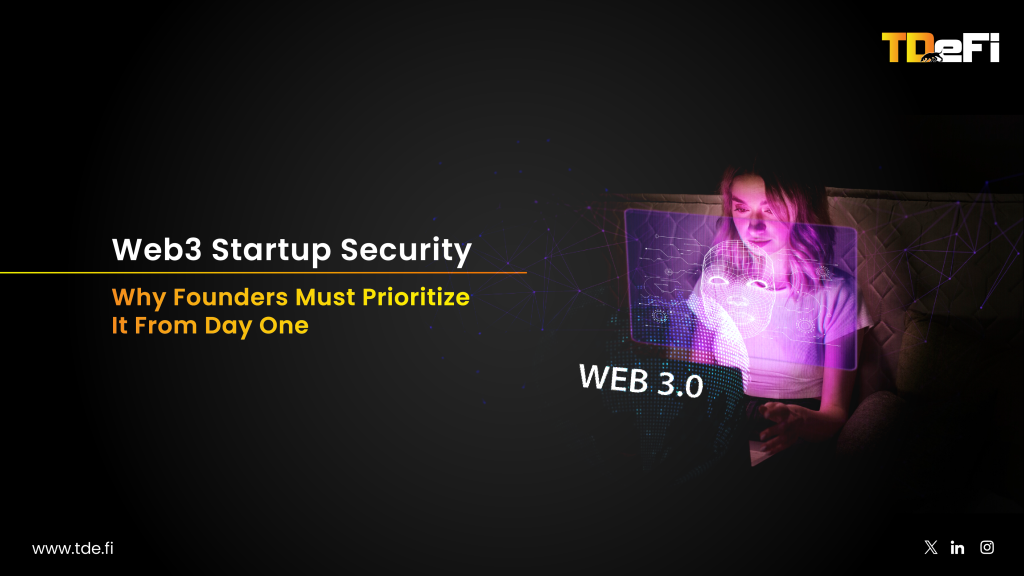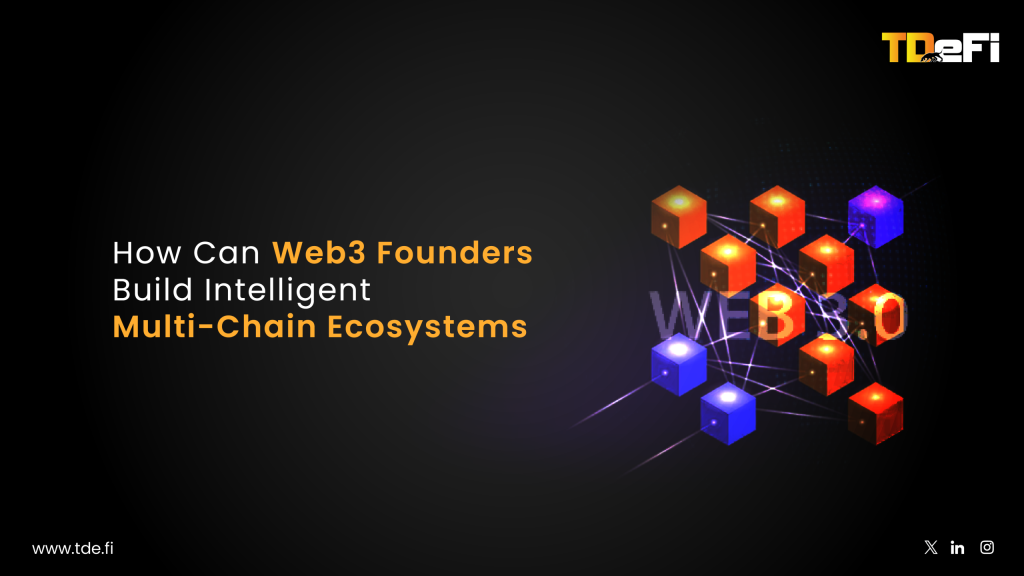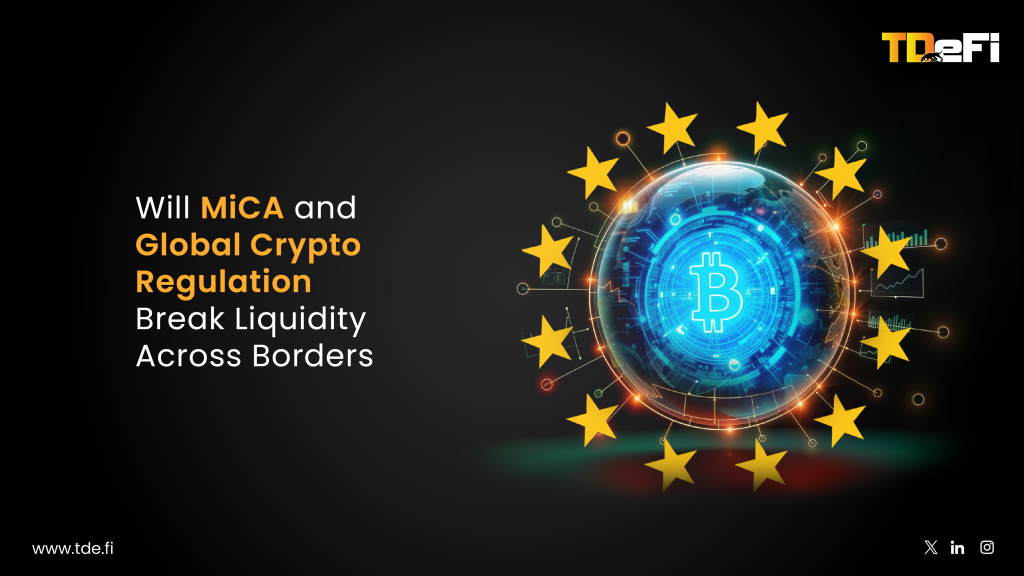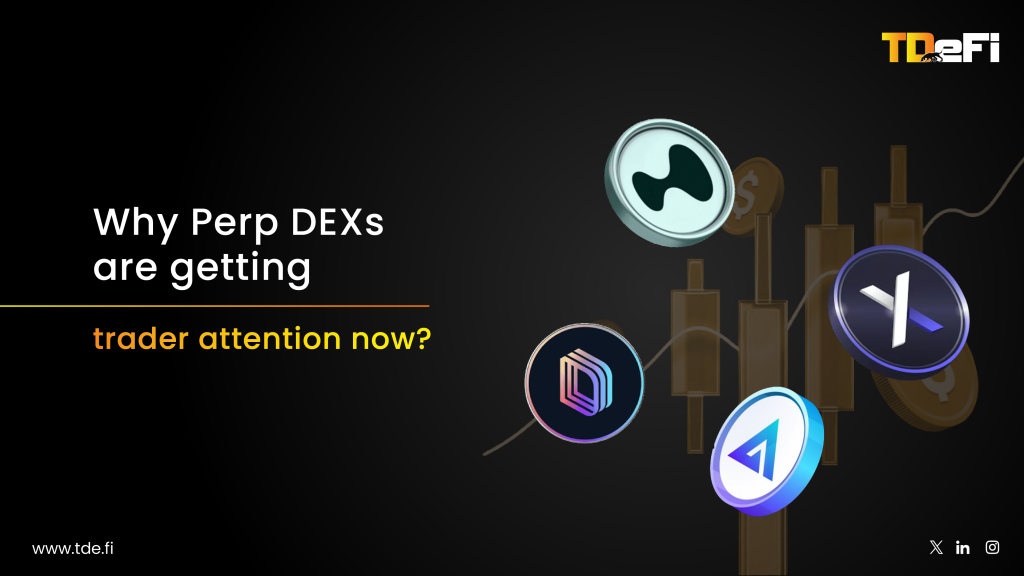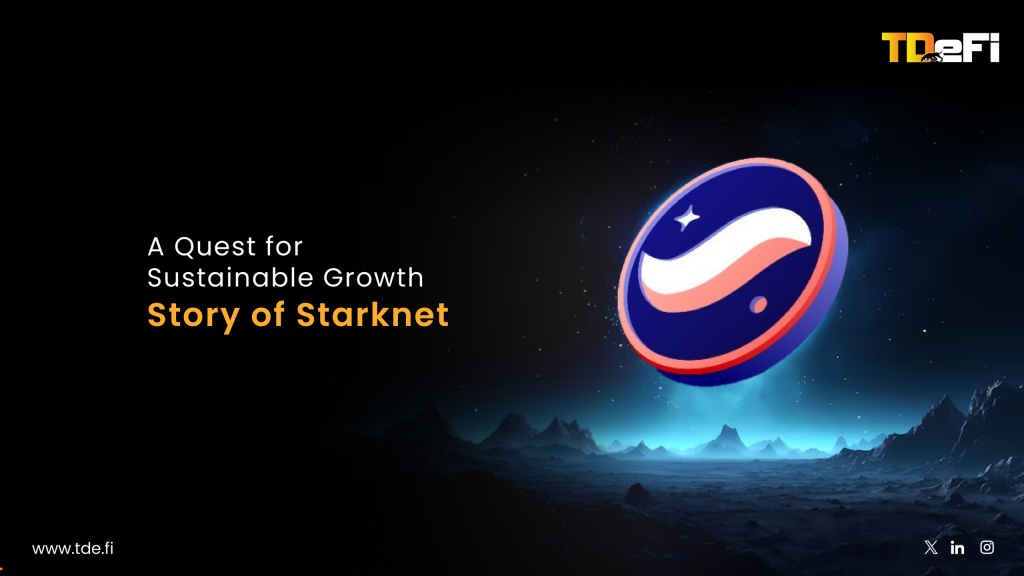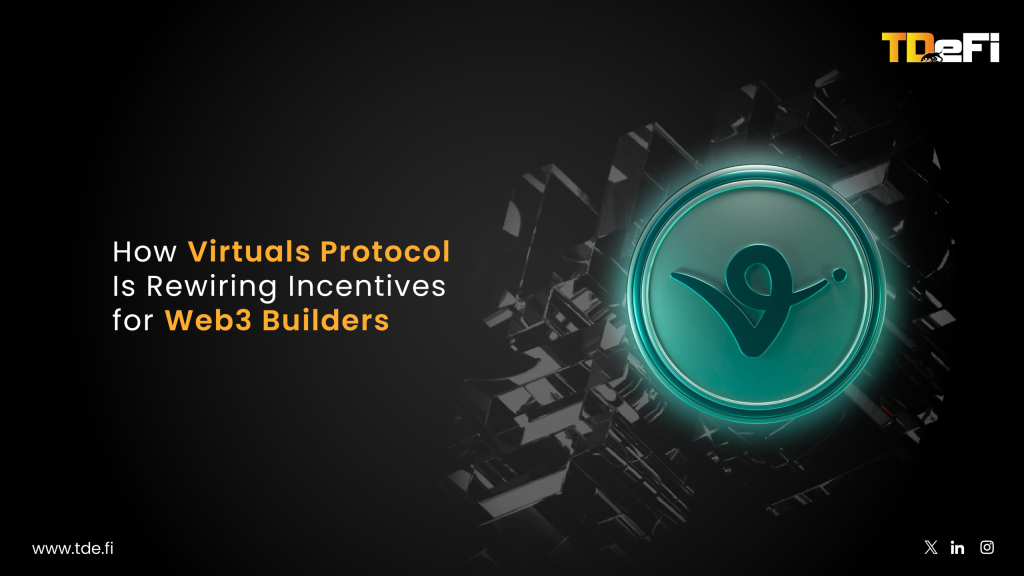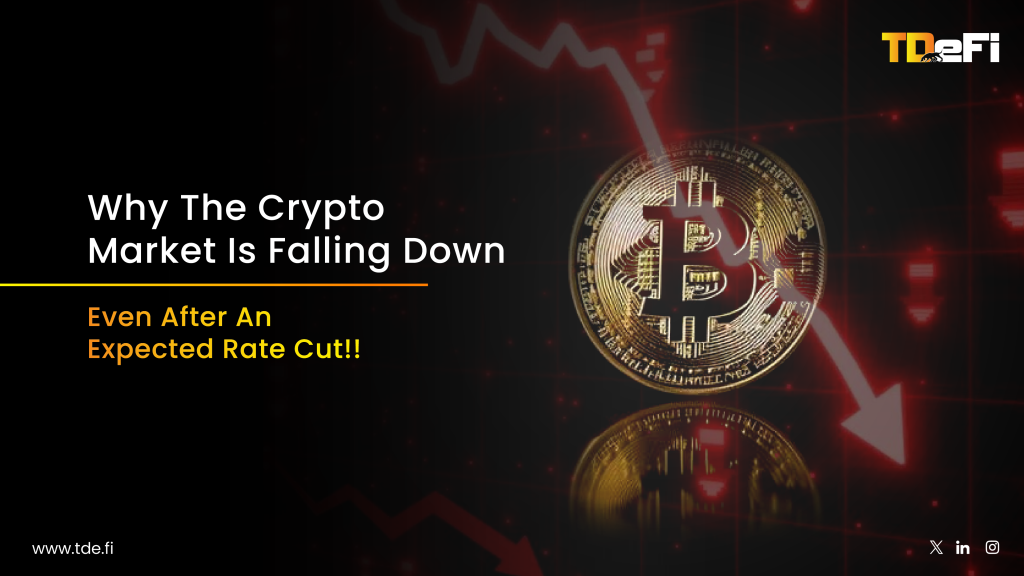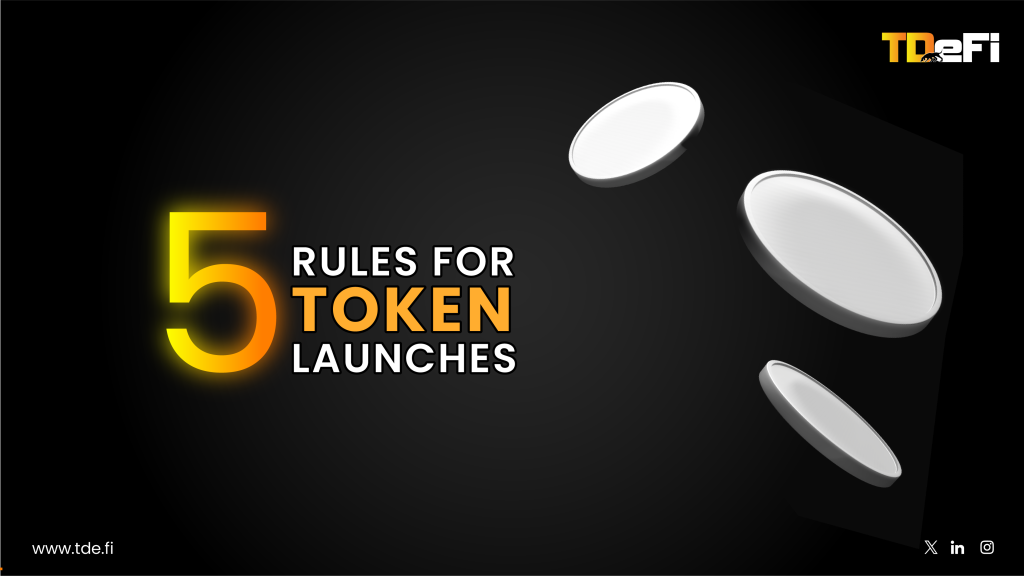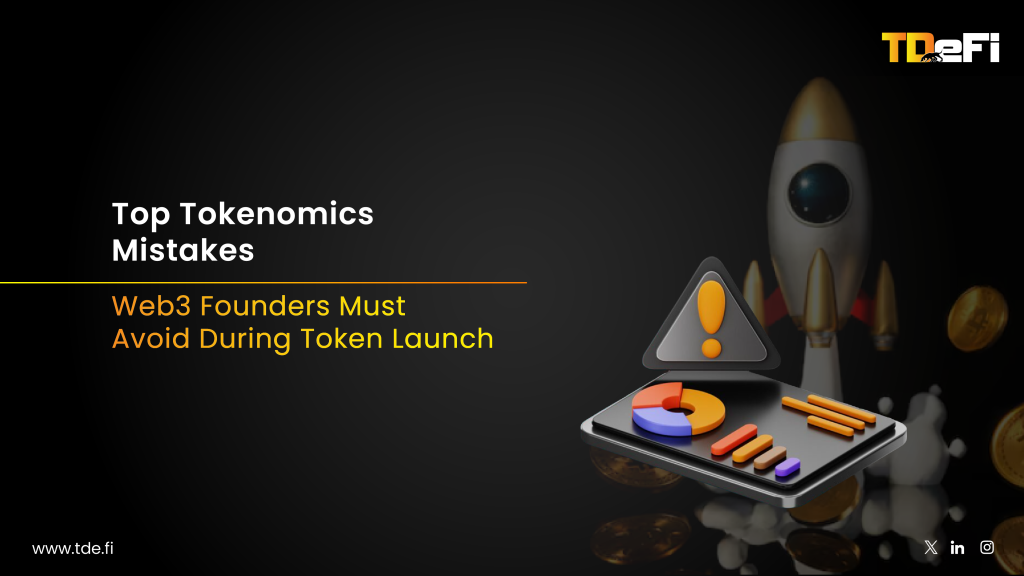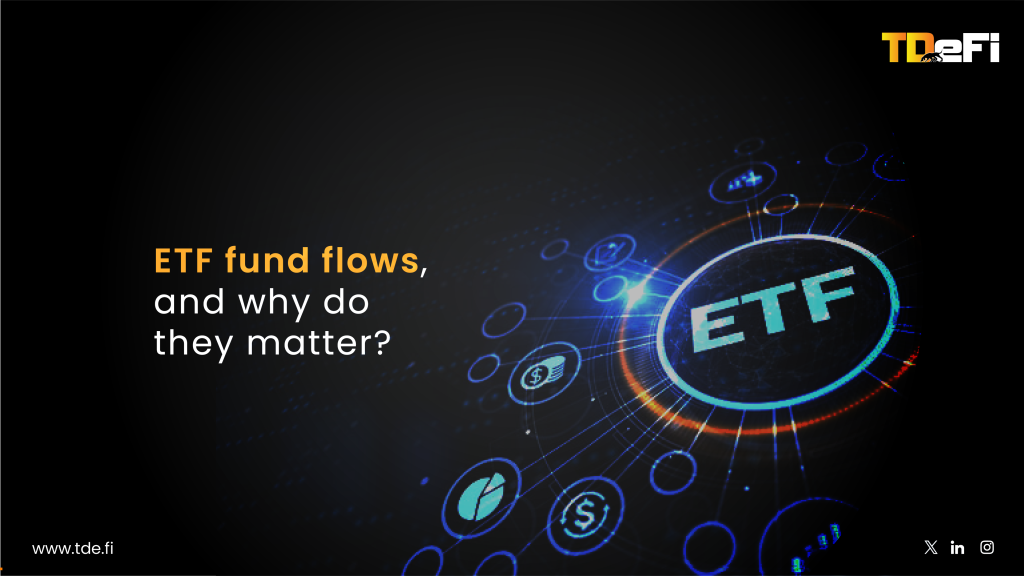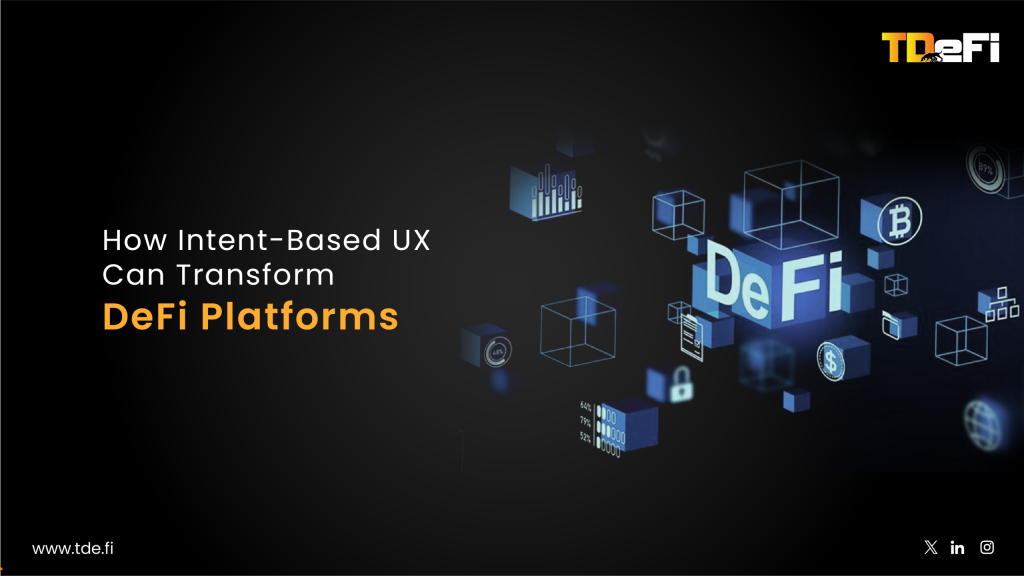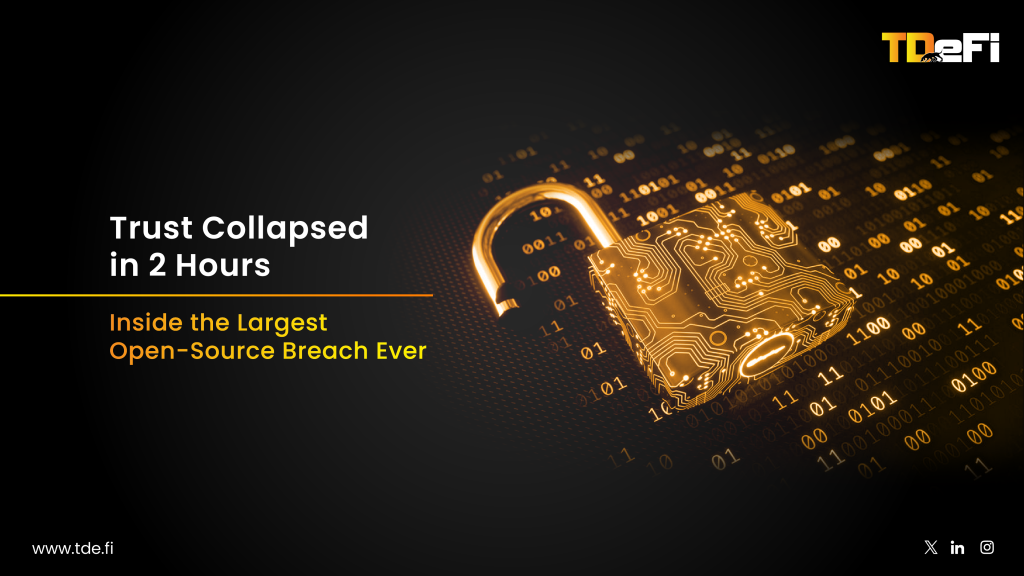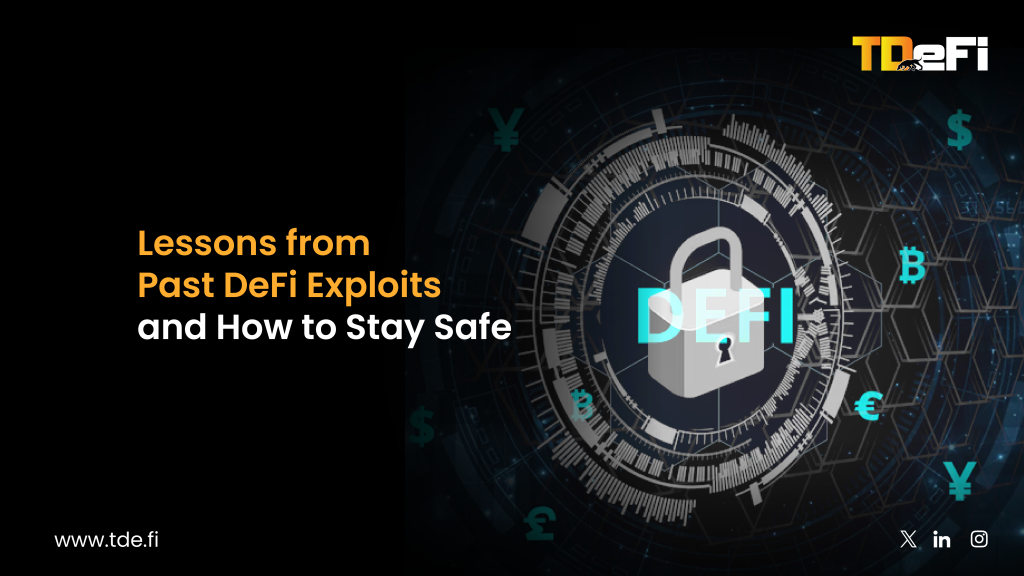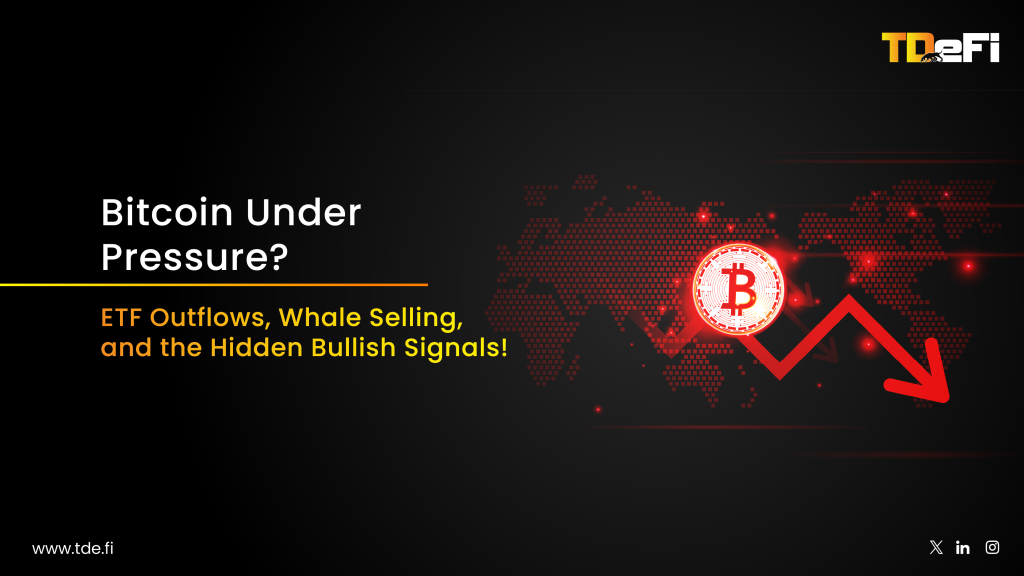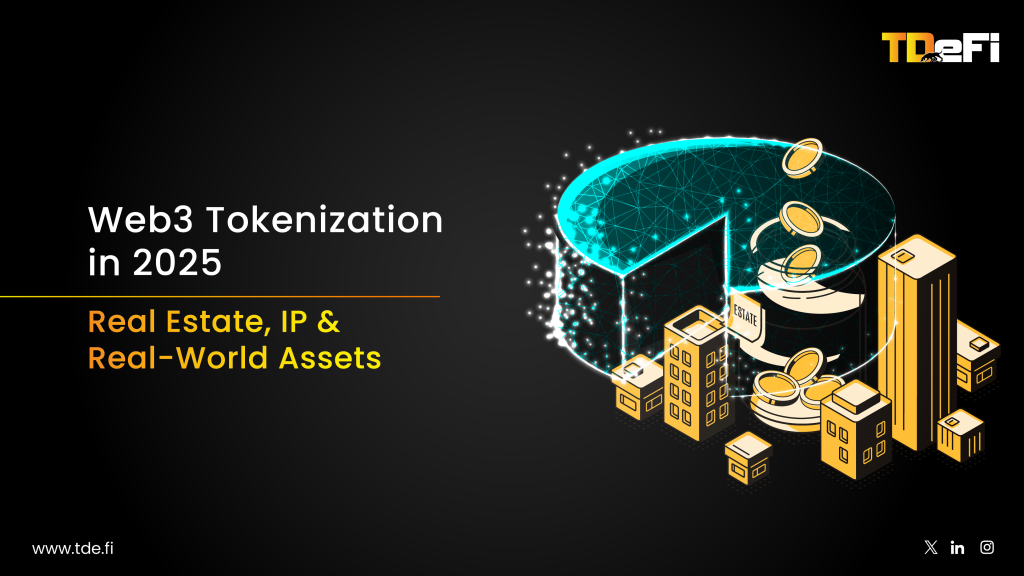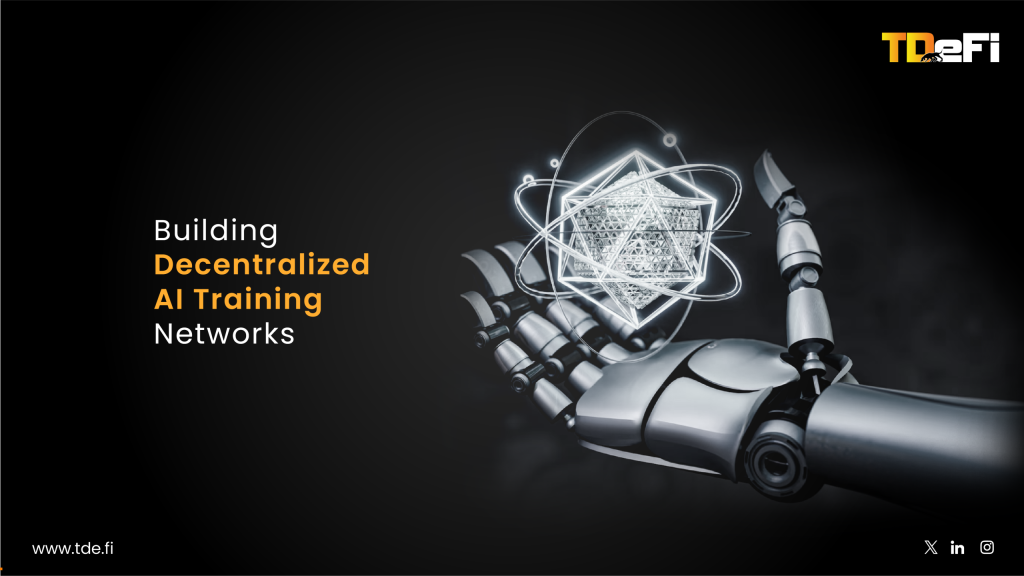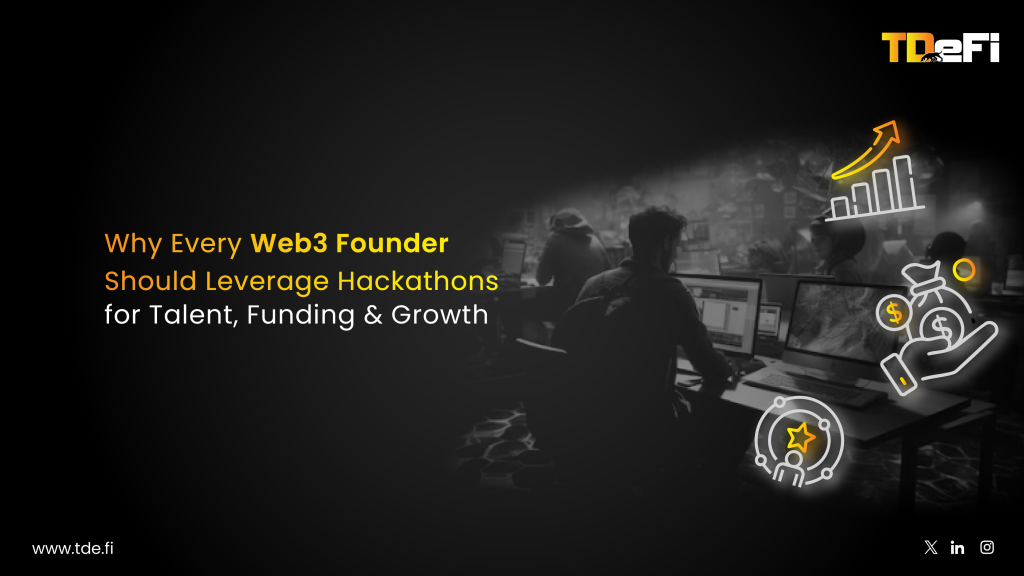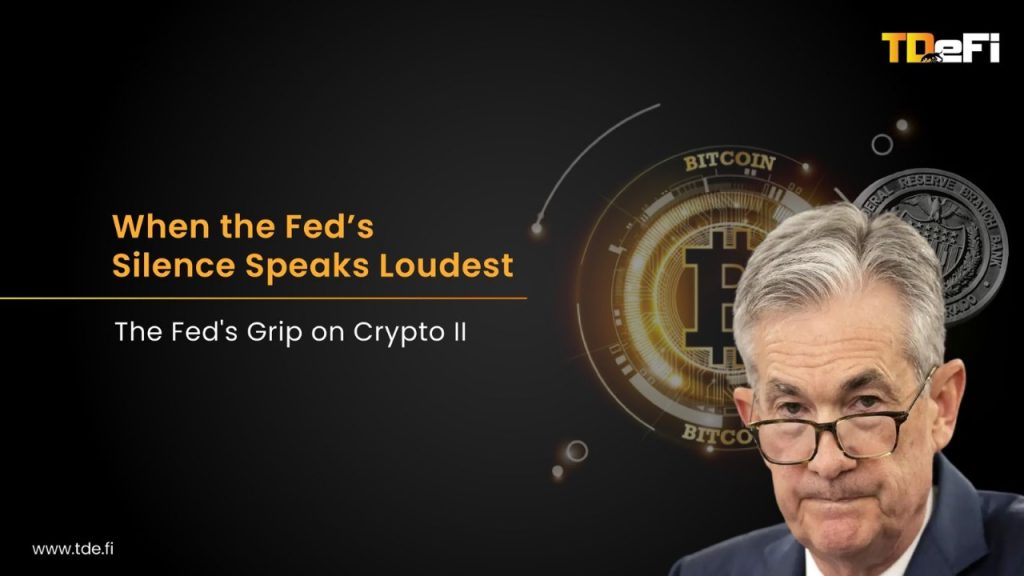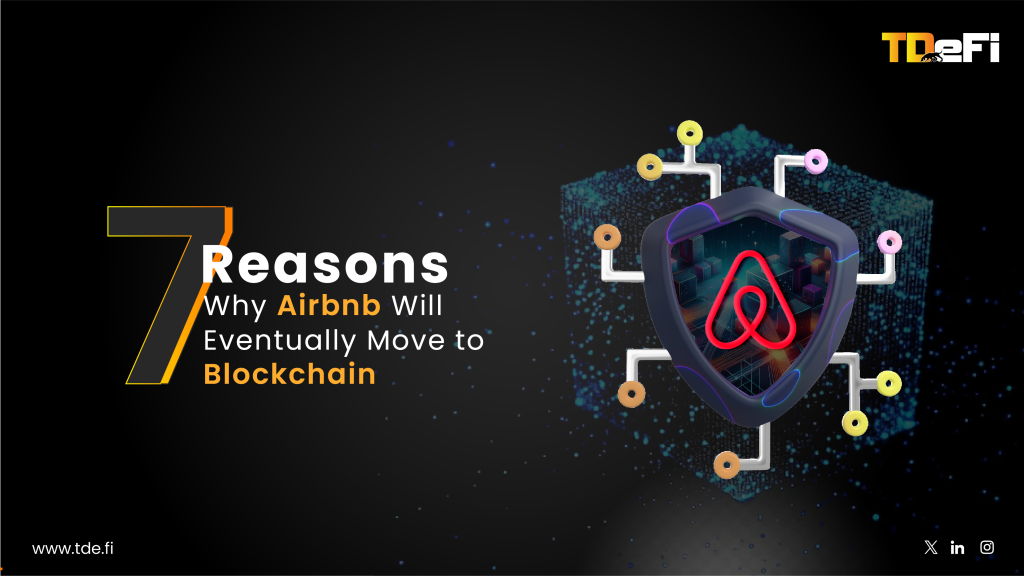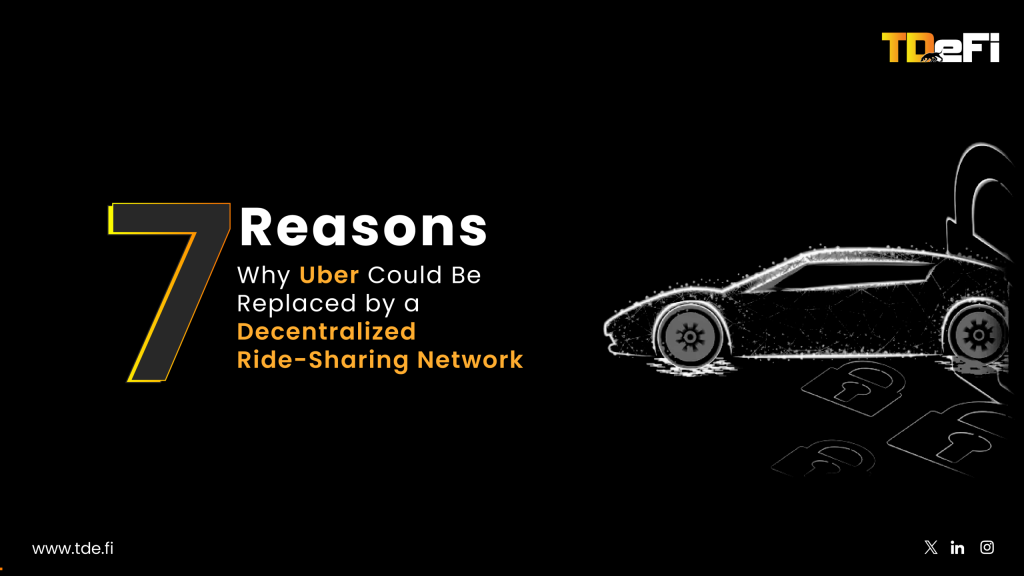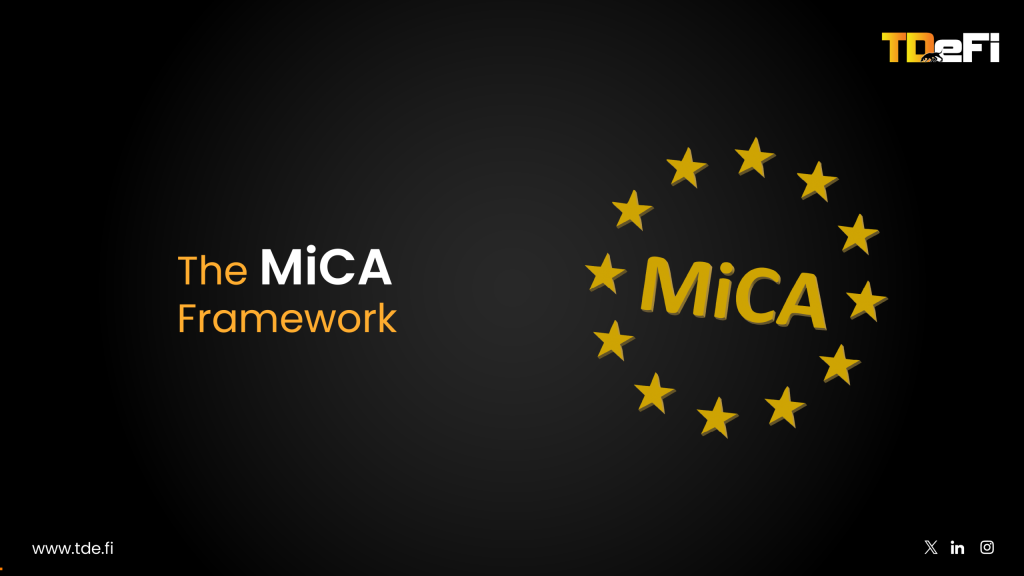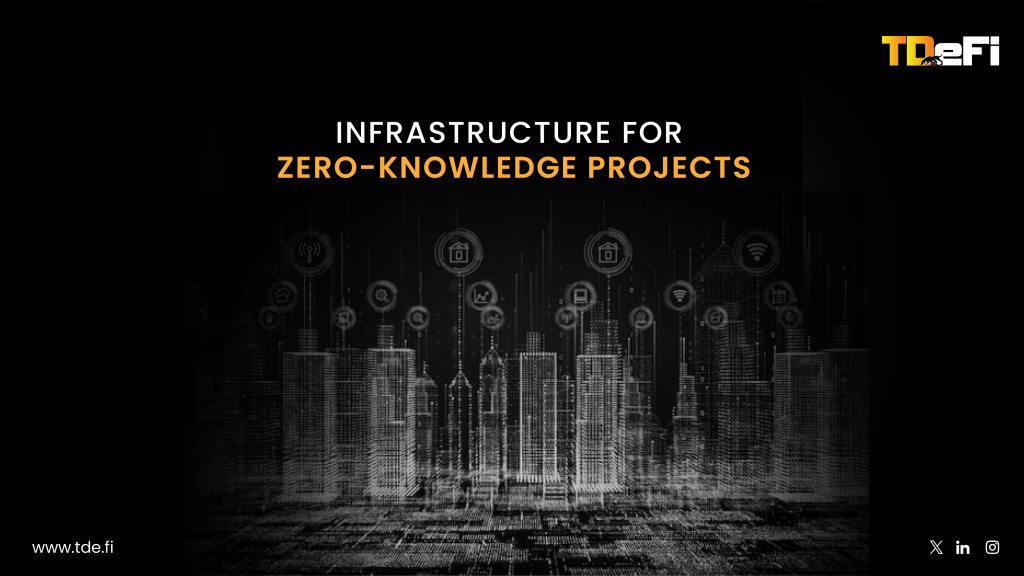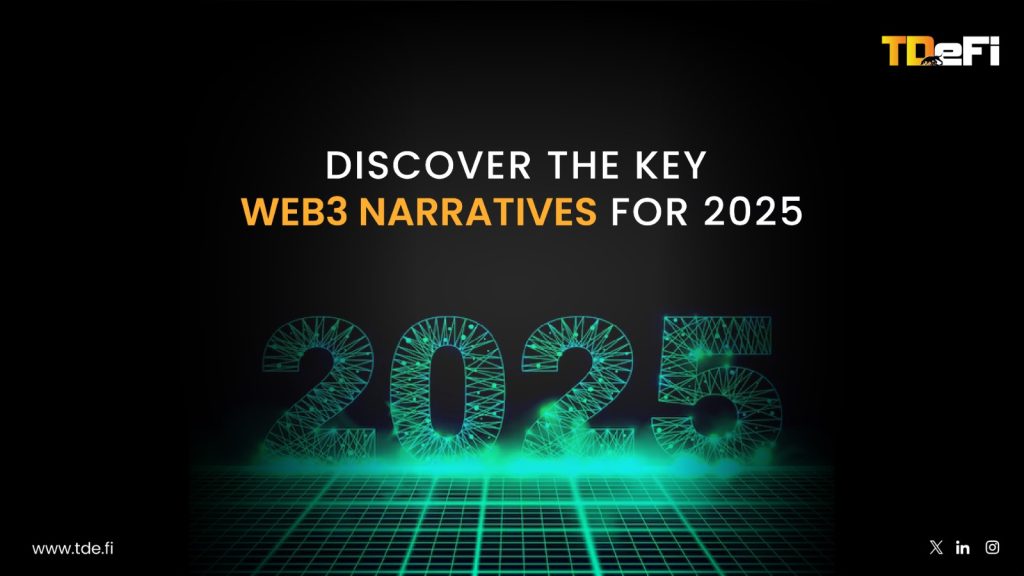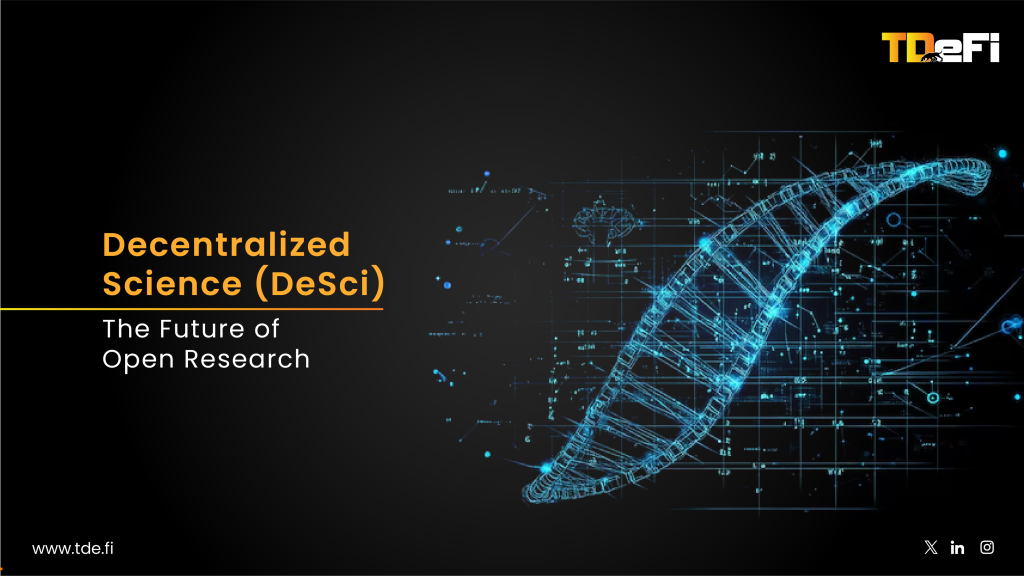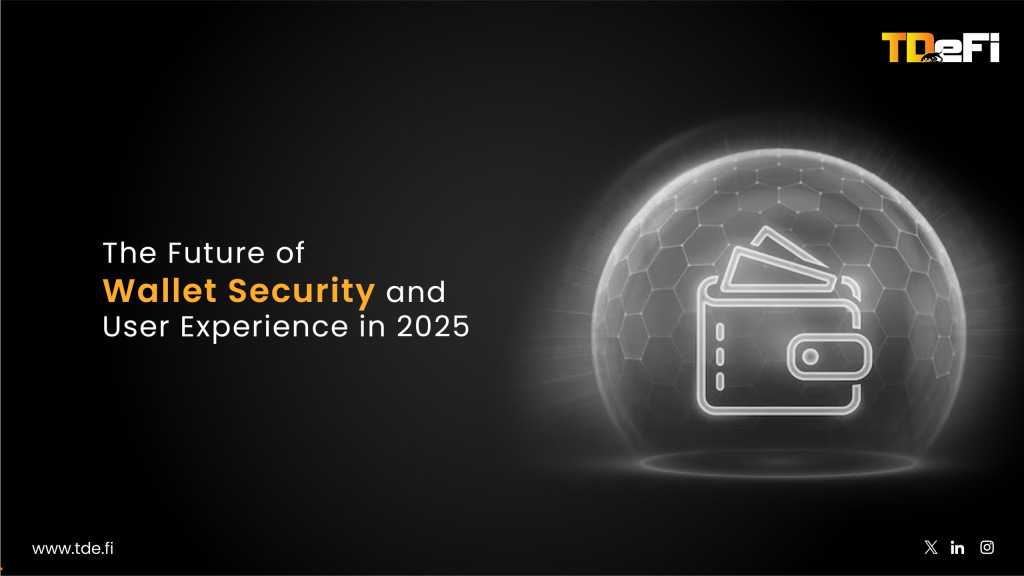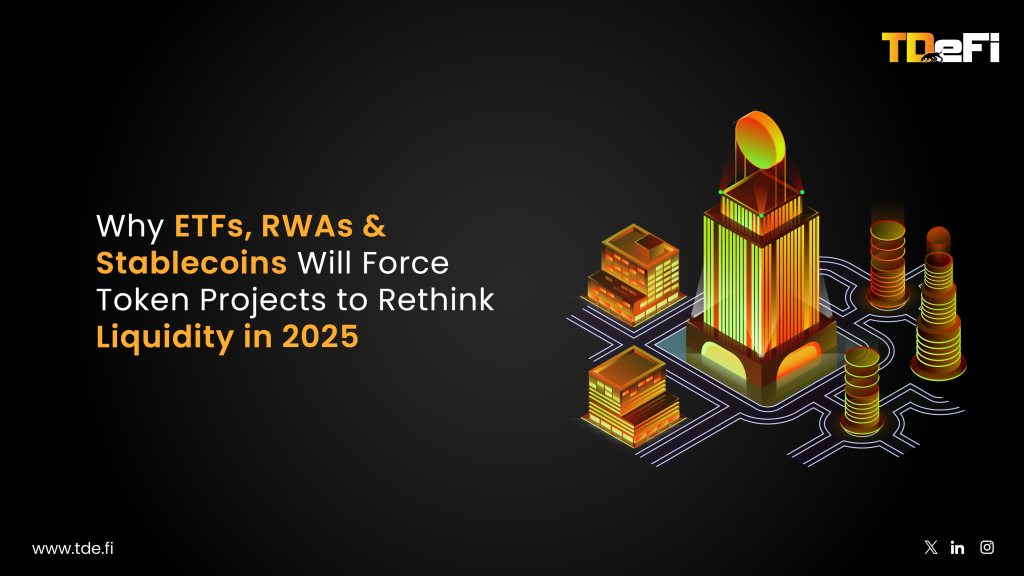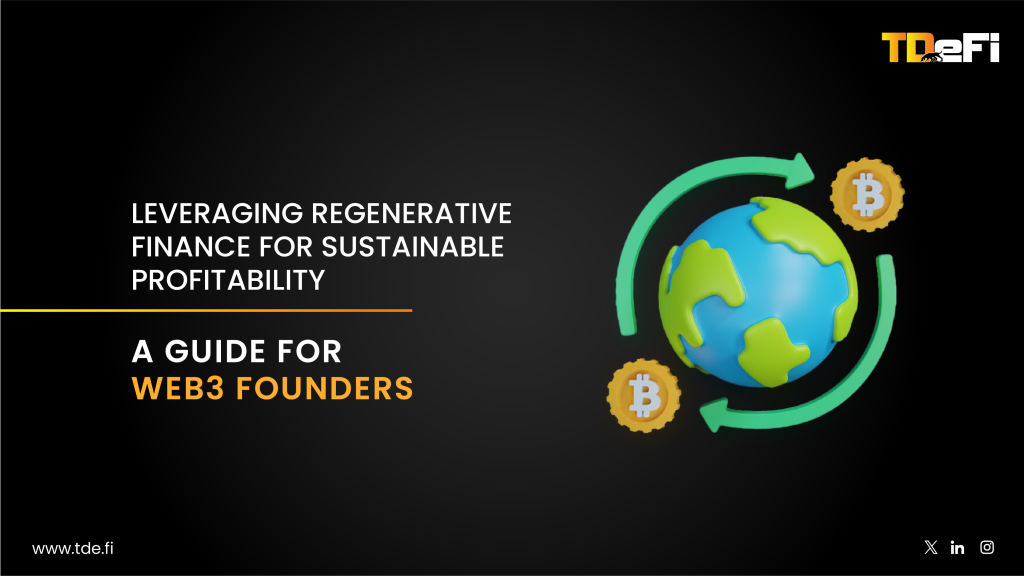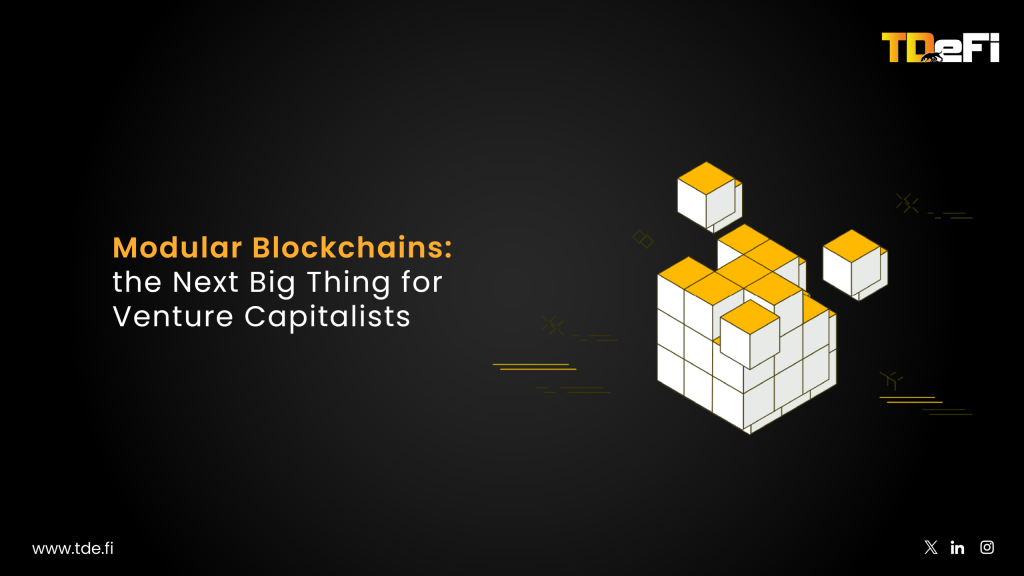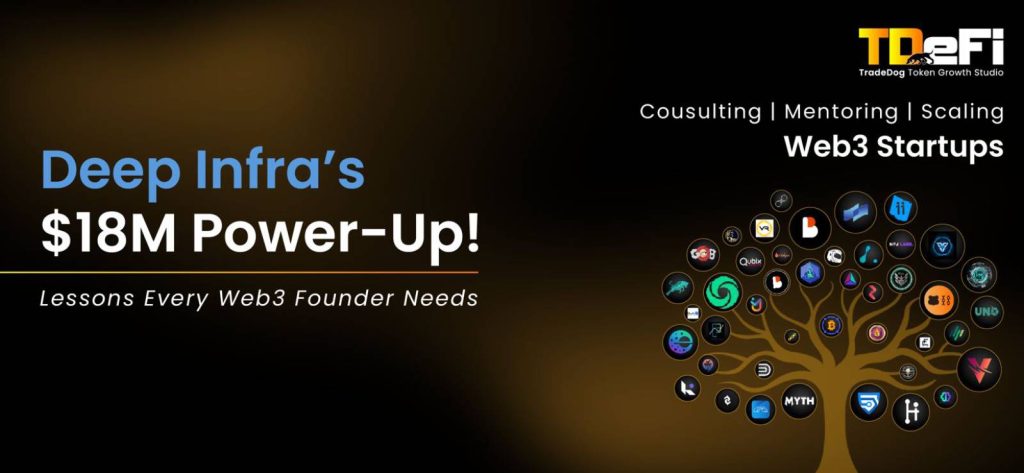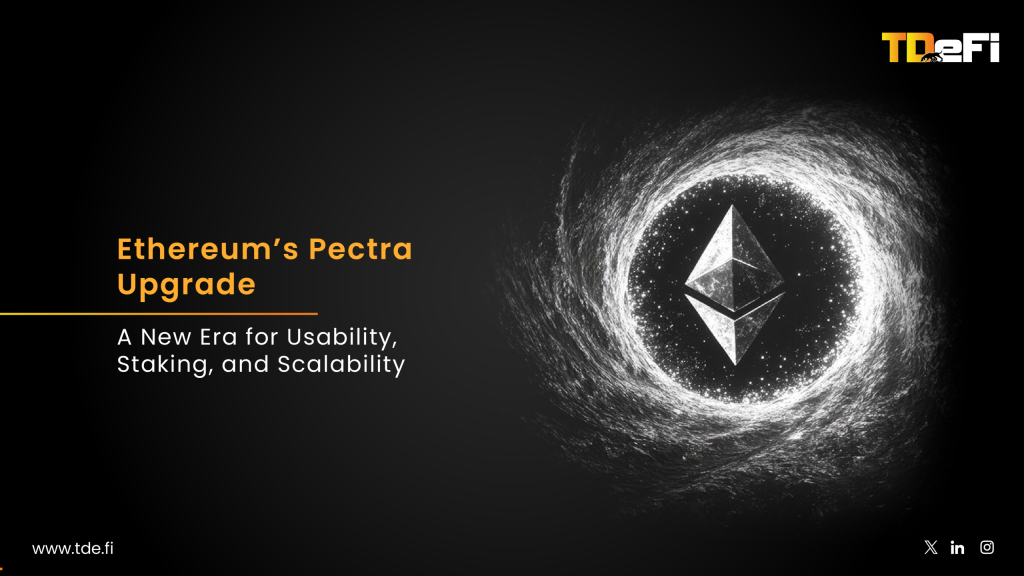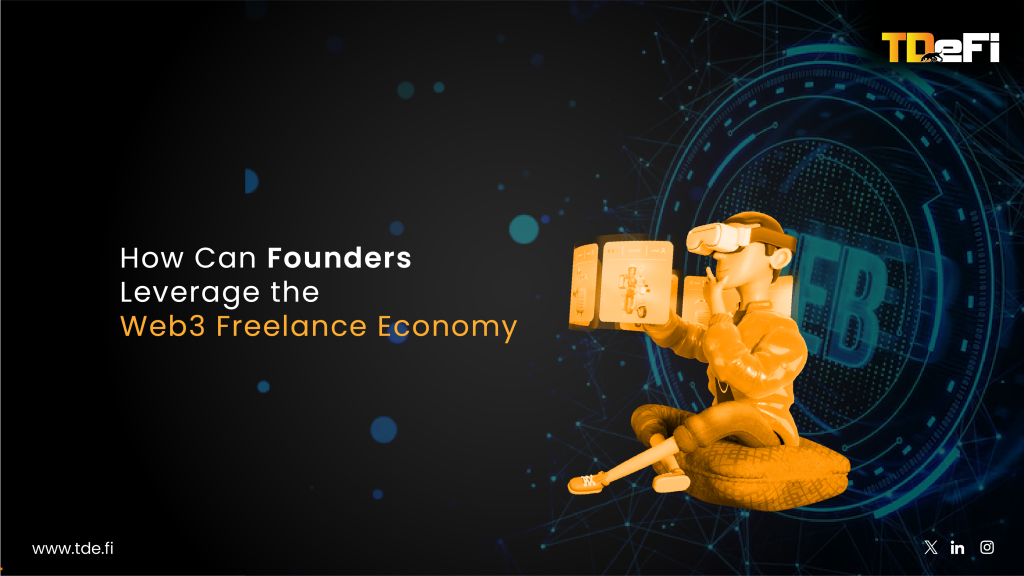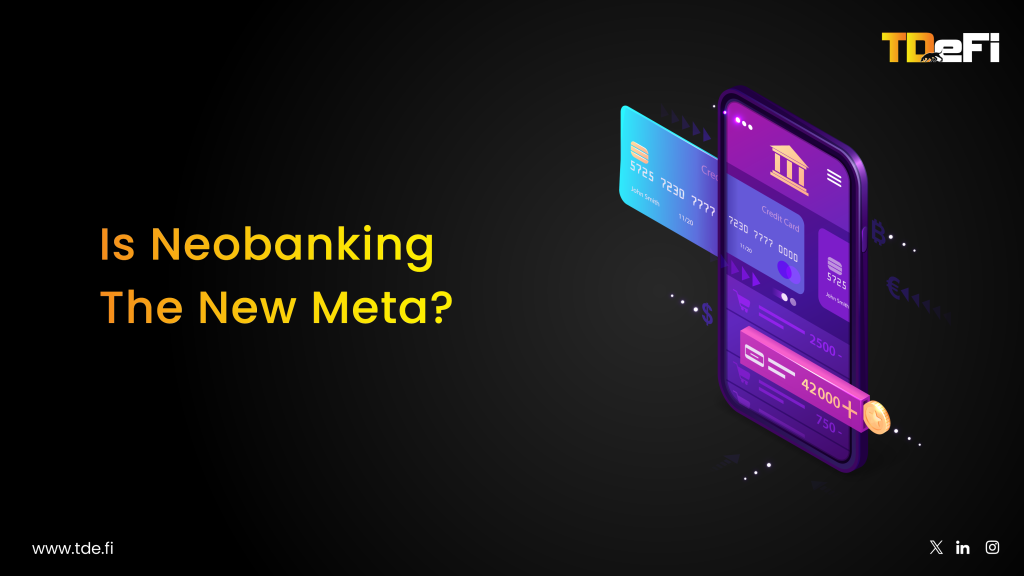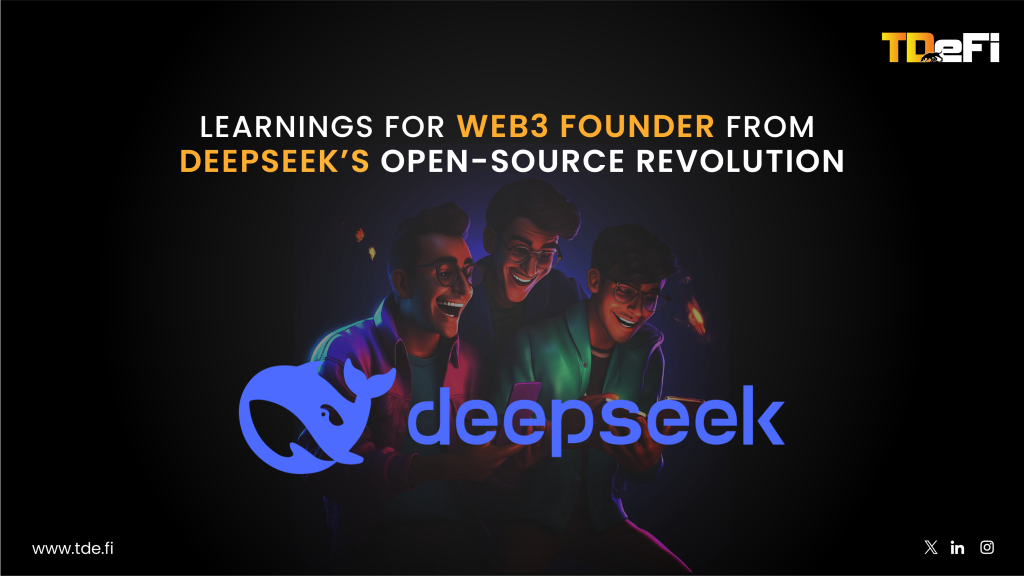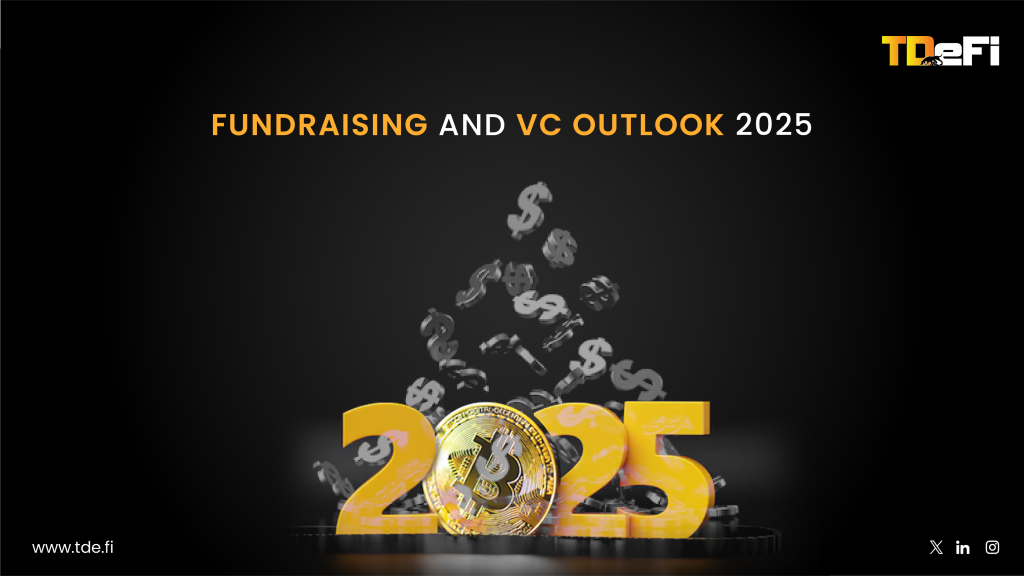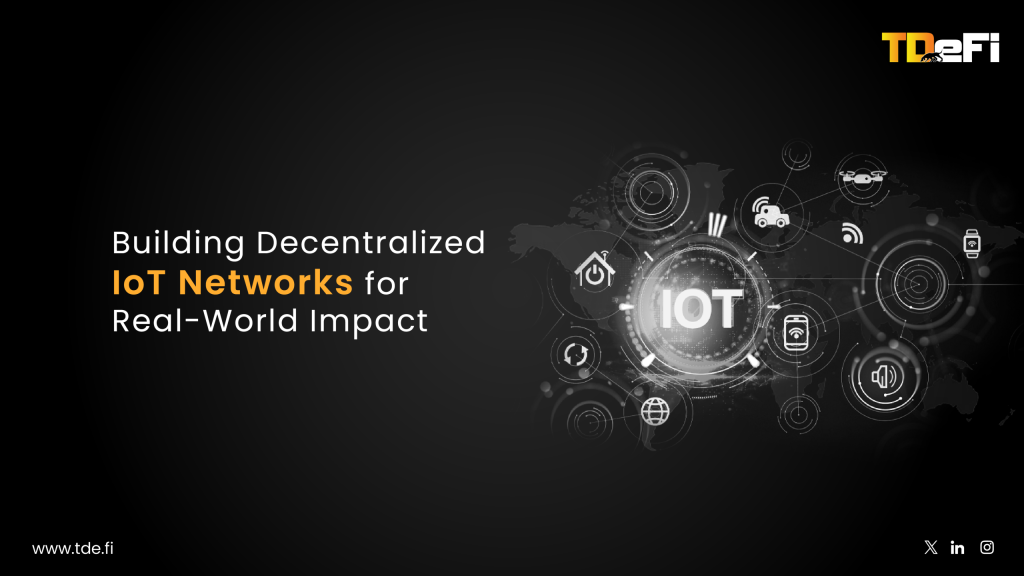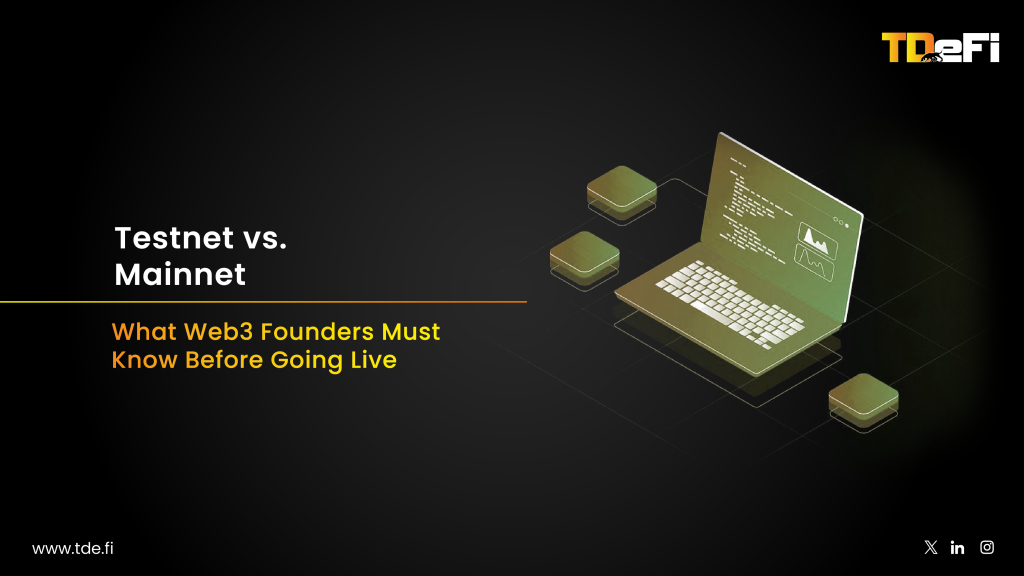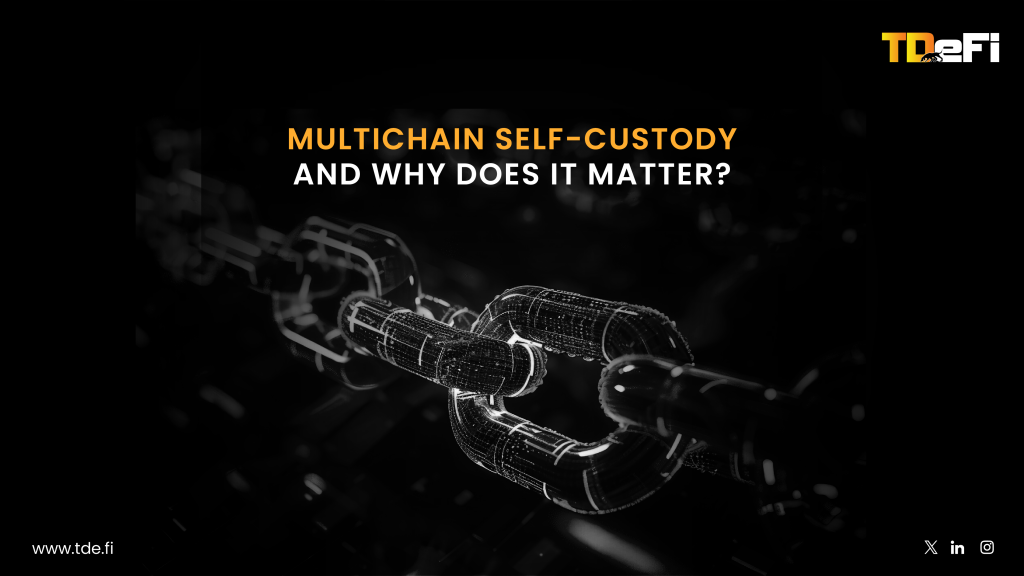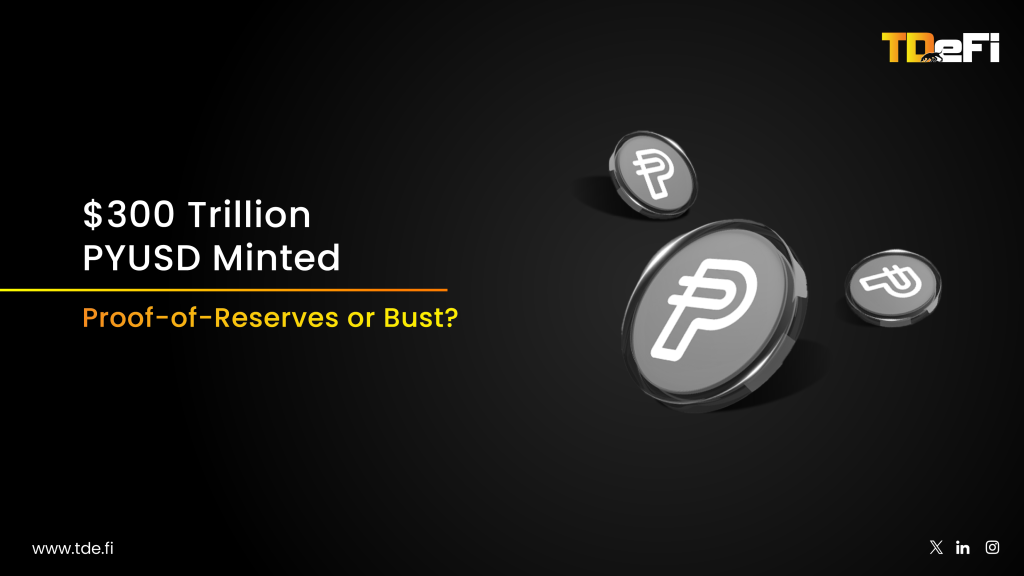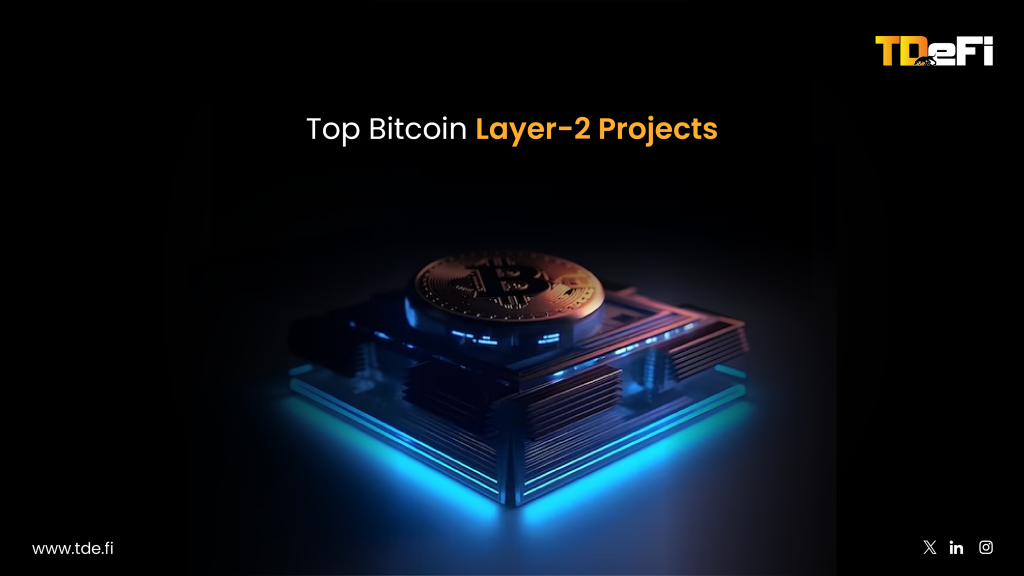TL;DR
In our latest deep dive, many top Layer-1s have further refined their burn and reward systems – introducing on-chain governance for dynamic fee splits, storage-based token sinks, and more nuanced inflation schedules. This update incorporates recent proposals (Solana’s SIMD-0228, Polkadot’s linear issuance change, Tron’s revised SR incentives) and on-chain voting outcomes, giving an even clearer picture of how each network aligns token scarcity with security.
Introduction
Robust tokenomics now sits at the heart of blockchain design: every protocol must answer two interlinked questions – How do we remove tokens from circulation? and How do we reward those who secure the network? Over the past year, networks from Ethereum to Sui have sharpened these levers via governance votes, code upgrades, and innovative economic primitives. In this refreshed analysis, we:
- Incorporate recent governance decisions – like Solana’s proposal to peg inflation to staking participation and Tron’s halving of SR rewards.
- Highlight emerging models, such as Rent-For-State on Sui and Polkadot’s shift to fixed annual issuance.
- Assess the net effect on supply trajectories and security budgets, offering an up-to-date, actionable framework for builders, stakers, and investors.
1. Ethereum (ETH)
- Burn Mechanism (EIP-1559 + Shanghai Upgrade): Beyond the base-fee burn, the Shanghai/Staking Upgrade (April 2025) allowed validators to withdraw accrued rewards, increasing on-chain fee throughput and thus boosting burned volume by ~10% in early Q2 2025.
- Validator Rewards: PoS issuance remains dynamic (~0.5% – 1% yr), but Shanghai’s unlocked MEV-boost integration has raised validator tip income by ~15%, further decoupling security budgets from pure inflation.
- Net Impact: At current gas levels (20–30 gwei) and sustained MEV demand, ETH is now ~0.3% net deflationary, reinforcing its “ultrasound money” thesis.
2. BNB Chain (BNB)
- Auto-Burn Evolution (BSC Improvement Proposals): In early 2025, BSC governance voted to double BEP-95’s burn ratio from 10%→20% for DeFi router calls, accelerating on-chain deflation during high-value swaps.
- Validator Compensation: No inflation; validators now share a priority-fee tip pool—introduced via BIP-115 in mid-2024—comprising 5–15 bps of swap value, making high-TVL DEX activity a richer revenue source despite the higher burn rate.
- Net Impact: BNB’s circulating supply declined 1.8% in H1 2025, even amid muted spot volume, thanks to the adjusted burn governance and new tip streams.
3. Tron (TRX)
- Governance-Tuned Rewards (SR Proposal 104): In June 2025, Super Representatives passed SR 104 to further cut block rewards from 8→6 TRX and reduce voting rewards from 128→96 TRX, targeting an annual deflation rate of ~1.5%.
- Resource Burn Dynamics: A recent SDK update added a dynamic burn multiplier for Energy fees on high-compute contracts—up to 1.5× standard burn—ensuring novel gaming or AI-oracles on Tron burn proportionally more TRX.
- Net Impact: The combined reward cuts and multiplier have pushed Tron’s net deflation to ~1.6% yr, while staking participation remains above 55%.
4. Solana (SOL)
- SIMD-0228 Proposal: Voted through in Feb 2025, Solana now uses a stake-ratio-based inflation:
- ≥75% staked → 0.87% yr
- 50–75% → 2–3% yr taper
- <50% → up to 5% yr to incentivize more staking
- ≥75% staked → 0.87% yr
- Fee Redistribution: The 2024 rollback of fee burns was tweaked: 15% of fees are now burned, 85% to validators—striking a balance between deflation and security.
- Net Impact: With ~68% staked, SOL’s inflation sits at ~2.4% yr, while the new 15% burn yields ~0.2% deflation—net inflation ~2.2%, down from ~4.5% a year ago.
5. Avalanche (AVAX)
- Dynamic Subnet Fee Splits: A new governance parameter lets subnet creators divert up to 20% of fees to a community treasury—unused portions are auto-burned monthly—providing flexible local governance and occasional bursts of deflation.
- Validator Rewards Curve Adjustment: Proposal AIP-47 (passed Q1 2025) slightly front-loads issuance to incentivize new subnet adoption, accelerating cap-attainment by ~6 months.
- Net Impact: Despite higher early issuance, fee burns remain strong—Avalanche has been net-neutral to slightly deflationary (~–0.05%) in H1 2025.
6. Polygon (MATIC)
- zkEVM Fee Burn Addendum: When zkEVM txs execute on Polygon PoS, 20% of L2 fees (collected off-chain) are now bridged back and burned on PoS, creating a cross-layer scarcity mechanism.
- Validator Reward Reserve Top-Up: To smooth the upcoming depletion of the 1.2 B staking pool, Polygon governance approved a 90 M MATIC reserve top-up from treasury, extending predictable validator yield into late 2026.
- Net Impact: MATIC’s on-chain burns jumped 35% QoQ in Q2 2025, while validator APY holds steady at ~5%.
7. Bitcoin (BTC)
- Taproot-Driven Fee Bumps: Recent Taproot wallet upgrades have modestly raised typical P2TR fee rates (~10 sat/vByte) to improve UTXO consolidation; while not a burn, it increased miner revenue and spurred discussions of a voluntary fee-burn soft-fork.
- Ordinals-Era Fee Surges: BRC-20 activity in late 2024 drove multiday fee spikes where fees outpaced block subsidies, effectively making Bitcoin temporarily deflationary in total supply growth—though no burn mechanism exists, miner hoarding of rare “sats” has removed them from spendable supply.
- Net Impact: Bitcoin remains governed by its halving schedule, with no protocol burn, but off-chain proposals for soft-burning a small fee percentage are under active community debate.
8. Sui (SUI)
- Rent-For-State v1.1: The mainnet upgrade in March 2025 introduced a progressive storage rent—long-lived objects pay slightly higher storage-fund deposits after 30 days, amplifying the storage sink effect for NFT and game assets.
- Epoch Withdrawal Incentives: To encourage state pruning, validators may rebate up to 5% of users’ storage deposits on timely cleanup, dynamically returning SUI from the storage fund.
- Net Impact: Storage-fund “locks” have grown 60% over six months, temporarily withdrawing ~150 M SUI from circulation—offsetting new subsidy releases and keeping net supply growth near zero.
9. Aptos (APT)
- AIP-136 (Fee-Burn Ratio Flexibility): Passed in May 2025, allowing governance to dial the fee-burn share between 50–100%; currently set at 85% to balance net deflation goals with validator revenue.
- Inflation Schedule Tweaks: Community discussions favor pausing the scheduled inflation decay at 4% until active staking ratios exceed 65%; a vote is expected Q3 2025.
- Net Impact: With 85% fee burn and ~6% issuance, Aptos is now ~1% net deflationary, assuming average daily throughput of 20 M APT in fees.
10. Polkadot (DOT)
- Linear Issuance Roll-Out: Since Nov 2024, DOT mints a flat 120 M/year. Combined with average treasury underspend (~40 M unallocated/year), net inflation hovers around 4–5%.
- Parachain Auction Burns: DOT used directly (rather than via crowdloans) for auction fees is now fully burned; while rare, this mechanism burned 2 M DOT in the latest auction cycle.
- Net Impact: DOT’s gross 8% inflation, minus ~40 M unused treasury and occasional auction burns, yields ~5–6% net supply growth—a significant decline from the previous ~10%.
Comparative Table
Closing Thoughts
In 2025, Layer-1s have doubled down on governance-driven economic tuning—from dynamic inflation pegged to staking ratios (Solana) to adjustable burn-ratios (Aptos) and novel rent-for-state models (Sui). Fee burns, once an Ethereum innovation, now underpin deflation narratives across Avalanche, Polygon, and Aptos. Meanwhile, even inflation-heavy chains like Polkadot temper supply growth via treasury burns and auction-based token destruction.
As networks continue to fine-tune tokenomics, active participation in governance becomes critical. Whether you’re a validator, staker, or builder, track on-chain votes (Proposals AIP-136, SIMD-0228, SR 104, etc.) and assess how parameter changes affect both your yields and the long-term token value. At TDeFi, we have been keeping an eye on the latest mechanisms and always looking for ways to improve the burn and reward mechanisms in our Token engineering.
We expect further cross-chain economic experimentation: upcoming chains will likely blend on-chain revenue-sharing, burn-and-stake hybrids, and even more granular state-rent models. The era of static tokenomics is over; the future belongs to adaptive, community-governed economies that respond in real-time to network health and user demand.


